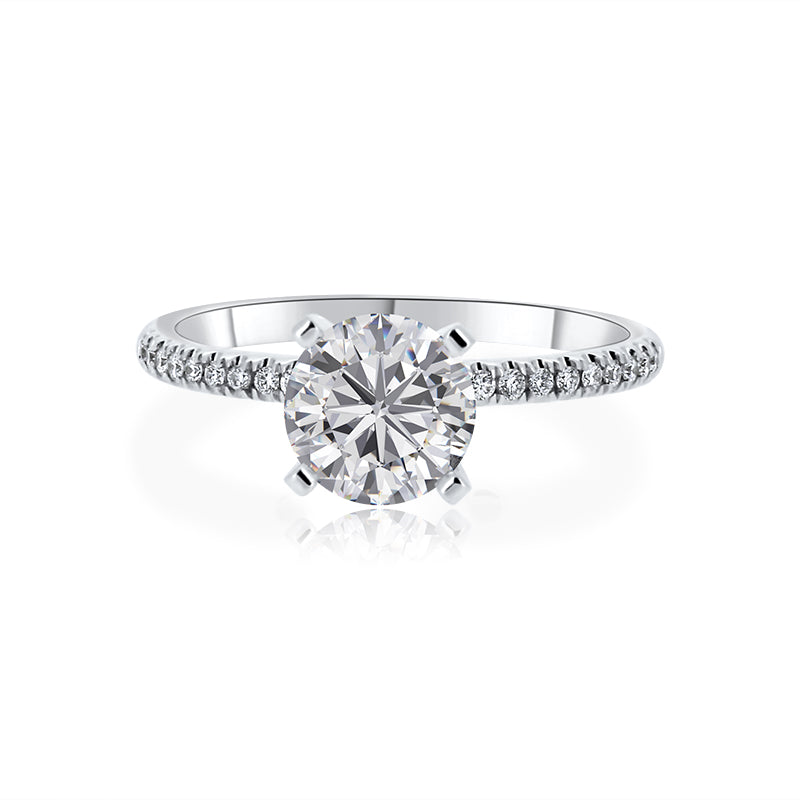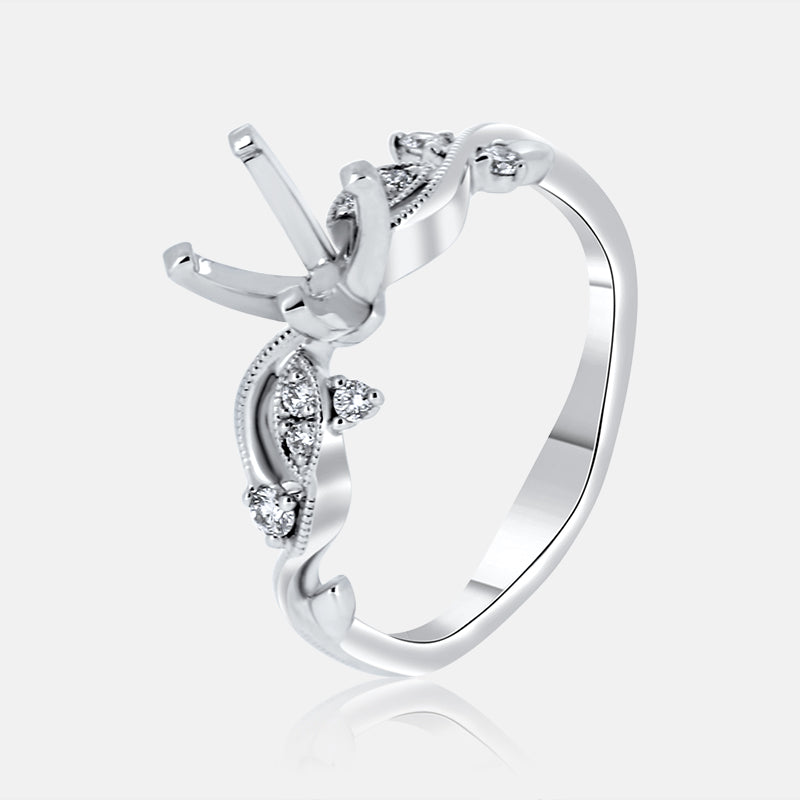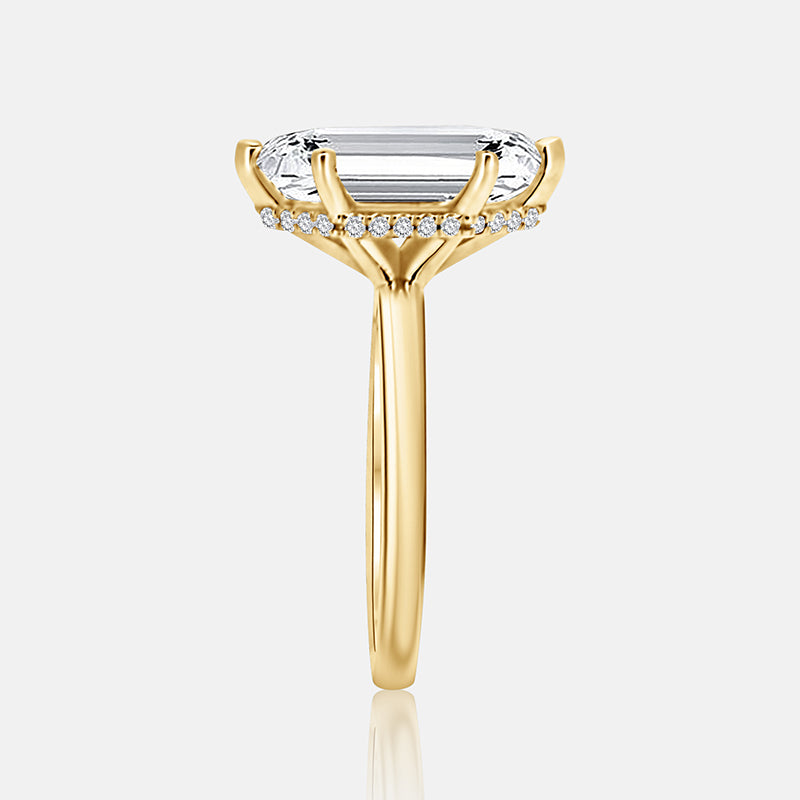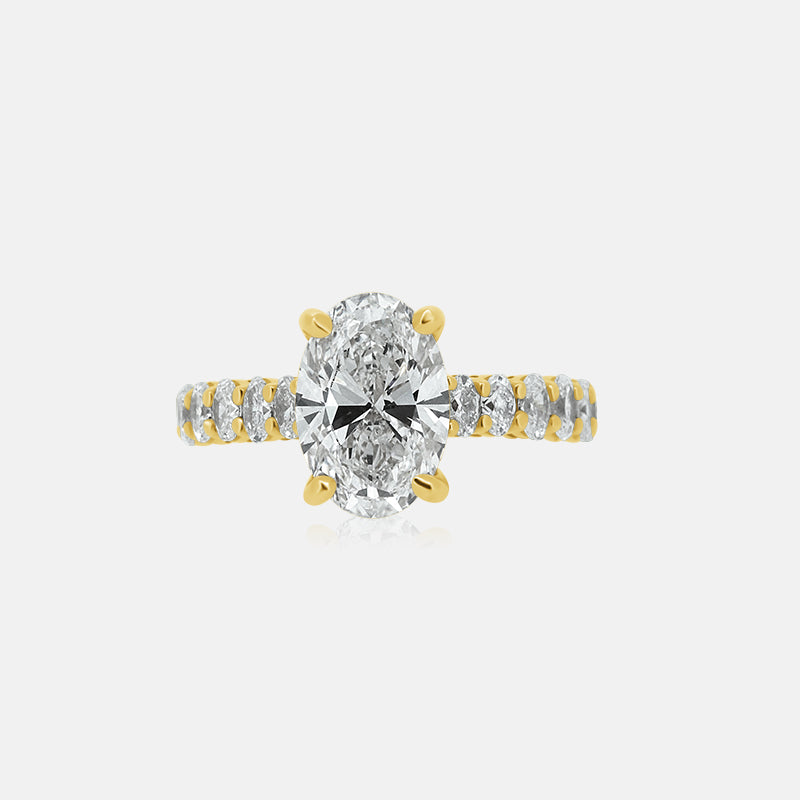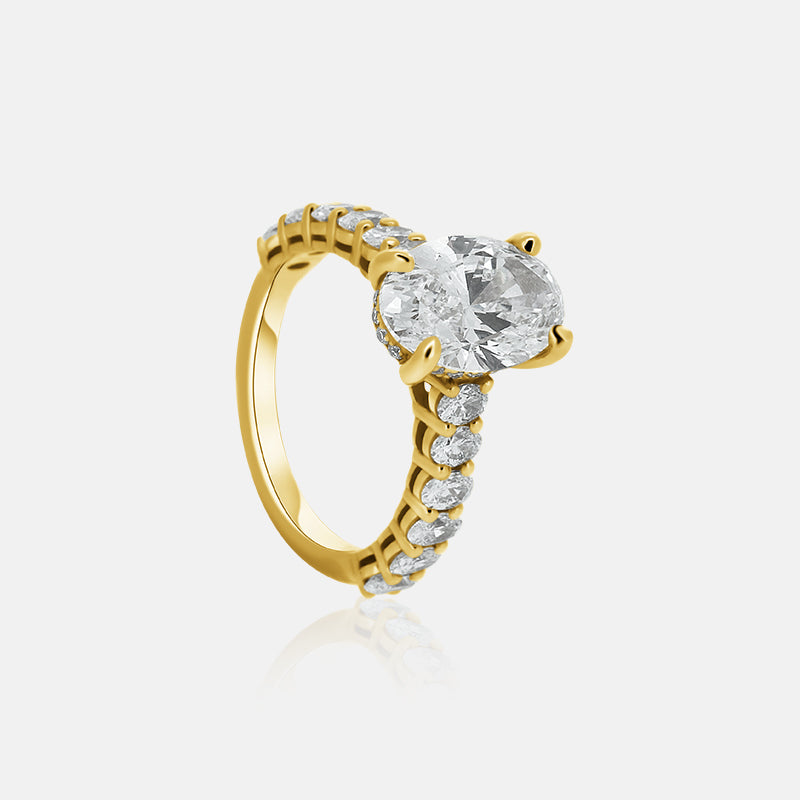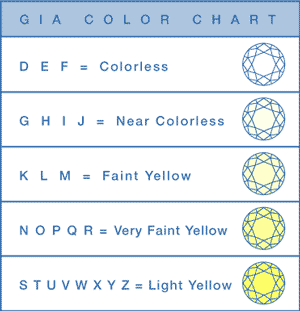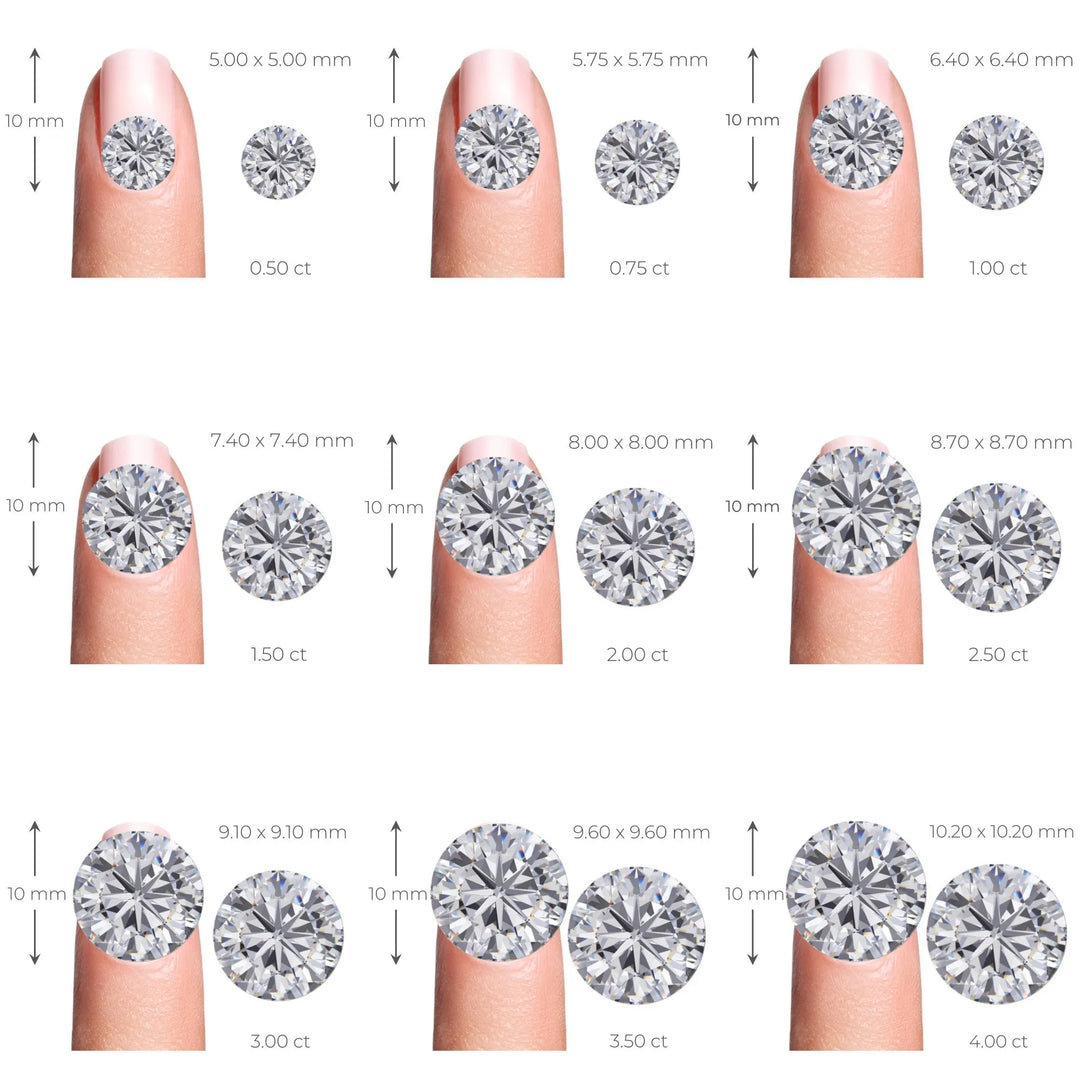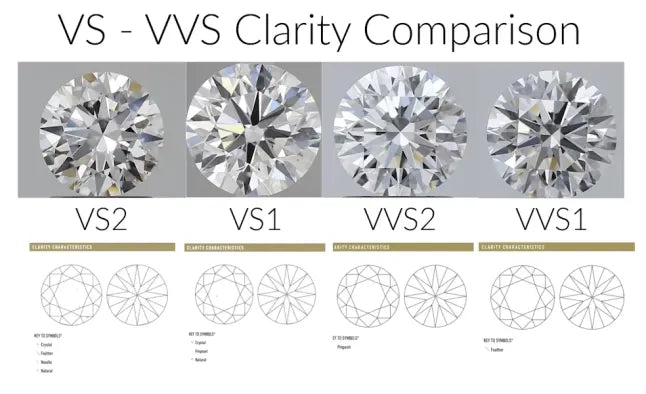Diamond Deception: How to Spot a Fake in Atlanta
Diamonds, with their mesmerizing brilliance and enduring value, have captivated hearts for centuries. But in a world where synthetic diamonds and simulants abound, how can you be sure the diamond you're purchasing is the real deal? At Masina Diamonds, Atlanta's trusted jeweler for over 40 years, we believe in empowering you with knowledge. This comprehensive guide equips you with the tools and techniques to confidently distinguish between genuine diamonds and their imitations.
Why Authenticity Matters
A diamond is more than just a beautiful gem; it's an investment, a symbol of love, and often a cherished heirloom. Verifying its authenticity protects your financial investment and ensures that the symbol you hold dear is truly what it claims to be.
Counterfeit diamonds, while visually similar, lack the inherent value and durability of natural diamonds. They may also be associated with unethical practices, such as undisclosed origins or misleading marketing.
By learning how to spot a fake, you safeguard yourself from deception and ensure that your diamond purchase reflects your values and intentions.
Unmasking the Imposters: Types of Diamond Fakes
Before we delve into identification techniques, let's understand the different types of diamond imitations:
-
Diamond Simulants: These are materials that resemble diamonds visually but have different chemical and physical properties. Common simulants include:
- Cubic Zirconia (CZ): A popular and affordable diamond simulant, often used in costume jewelry.
- Moissanite: A naturally occurring silicon carbide with a brilliance that can even surpass that of diamonds.
- White Sapphire: A durable and affordable option, though less brilliant than diamonds.
- YAG (Yttrium Aluminum Garnet): A simulant with good sparkle, often used in vintage jewelry.
-
Synthetic Diamonds: These are lab-grown diamonds with the same chemical composition and physical properties as natural diamonds. While they offer a more affordable alternative, their value differs significantly from natural diamonds.

Understanding the distinctions between these imitations and natural diamonds is crucial for accurate identification.
Home Tests for Diamond Authenticity
While professional assessment is the most reliable way to determine a diamond's authenticity, several simple tests can be performed at home to provide initial clues:
1. The Transparency Test:
Diamonds have a high refractive index, meaning they bend light significantly. This property makes them appear less transparent than many simulants.
- How to perform the test: Place the diamond on a piece of printed text. If you can easily read the text through the stone, it's likely not a real diamond.
2. The Water Test:
Diamonds have a high density. This simple test utilizes this property to distinguish them from less dense simulants.
- How to perform the test: Fill a glass with water and carefully drop the loose diamond into it. A real diamond will sink to the bottom due to its density. Simulants, like CZ, will typically float or remain suspended in the water.
3. The Fog Test:
Diamonds are excellent thermal conductors, meaning they disperse heat quickly.
- How to perform the test: Breathe hot air onto the diamond's surface, as if fogging a mirror. A real diamond will clear up almost instantly. Simulants will retain the fog for a few seconds longer due to their lower thermal conductivity.
4. The Sparkle Test:
While this test requires a trained eye, it can be a helpful indicator. Diamonds exhibit a unique sparkle due to their ability to reflect light both internally and externally.
- How to perform the test: Observe the diamond under a bright light source. Look for flashes of white light (brilliance) and rainbow colors (fire). Simulants often display a more dispersed, less intense sparkle.
5. The Magnification Test:
Natural diamonds often contain tiny imperfections, called inclusions, formed during their creation. Simulants, especially those created in a lab, are usually flawless.
- How to perform the test: Examine the diamond under a 10x magnifying glass. Look for tiny imperfections, such as mineral crystals, feathers, or clouds. While the absence of inclusions doesn't guarantee a real diamond, their presence can be a positive indicator.
[Image demonstrating the use of a magnifying glass to inspect a diamond]
Important Note: While these home tests can provide valuable clues, they are not definitive. For conclusive authentication, professional assessment is essential.
Professional Diamond Authentication
For absolute certainty, consult a qualified jeweler or gemologist. They possess the expertise and specialized tools to accurately assess a diamond's authenticity.
1. Diamond Testers:
These electronic devices measure a diamond's thermal conductivity to distinguish it from simulants. A diamond tester provides a quick and reliable indication of whether a stone is a diamond or a simulant.
2. Microscopic Examination:
Gemologists use powerful microscopes to examine a diamond's internal and external characteristics. This allows them to identify inclusions, growth patterns, and other features that distinguish natural diamonds from synthetics or simulants.
3. Spectroscopy:
This technique analyzes the way a diamond absorbs and reflects light. It can help distinguish between natural diamonds, synthetic diamonds, and various simulants.
4. Diamond Grading Reports:
Reputable gemological laboratories, such as the Gemological Institute of America (GIA), issue diamond grading reports that provide detailed information about a diamond's 4Cs (carat, cut, color, clarity) and other characteristics. A GIA report is a valuable assurance of a diamond's authenticity and quality.
The Masina Diamonds Assurance: GIA-Certified Diamonds
At Masina Diamonds, we understand the importance of trust and transparency. That's why we exclusively offer GIA-certified diamonds, ensuring that every gem you purchase from us is natural and authentic.
A GIA certificate provides you with peace of mind, knowing that your diamond has been meticulously evaluated by independent experts. It also serves as a valuable document for insurance purposes and potential resale.
Beyond Authenticity: Choosing Your Perfect Diamond
Once you've confirmed a diamond's authenticity, consider the factors that contribute to its beauty and value:
- The 4Cs: Carat weight, cut quality, color grade, and clarity grade all play a role in a diamond's overall appeal and price.
- Shape: From the classic round brilliant to fancy shapes like emerald, princess, and pear, choose a shape that resonates with your style.
- Setting: The setting enhances the diamond's beauty and secures it in your chosen jewelry piece.

Our experienced gemologists at Masina Diamonds are passionate about guiding you through the selection process, helping you find the perfect diamond that reflects your individual taste and budget.
The Masina Diamonds Experience
- Uncompromising Quality: We source our diamonds ethically and sustainably, ensuring exceptional quality and brilliance.
- Expert Guidance: Our experienced gemologists provide personalized consultations to help you navigate the world of diamonds.
- Exquisite Craftsmanship: Our master jewelers create stunning settings that enhance the brilliance of your chosen diamond.
- Customer-Centric Approach: We're committed to providing a memorable and enjoyable experience, exceeding your expectations.
Discover Your Dream Diamond at Masina Diamonds
Ready to embark on your diamond journey? Visit our Atlanta showroom or explore our online collection to discover an exquisite selection of GIA-certified diamonds. Our dedicated team is here to answer your questions, offer expert advice, and help you find the diamond that speaks to your heart.
Contact us today to schedule a consultation or explore our stunning collection of diamonds.




